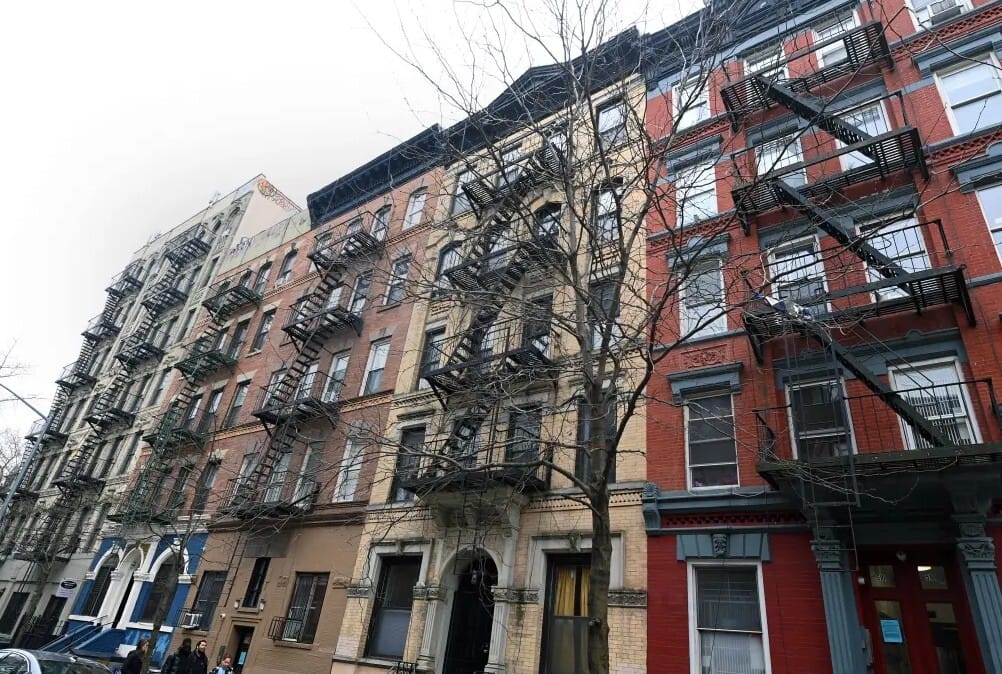- Property Management Brief
- Posts
- Resident Experience Personalization Strategy
Resident Experience Personalization Strategy

Good morning!
We just kicked off something big - All-In on AI, our new Framework Friday community built for operators, leaders, and builders ready to do the work with AI.
We even hosted our first live call last Friday (June 13th) and the energy was 🔥. If you missed it, catch the replay here . And if you’re ready to sharpen your edge, simplify your systems, and connect with others building fast and smart, this is your invite to jump in.
— Lucas Robinson, Founder & CEO at BudgetMailboxes.com
🎯 This Week’s Strategy:
Resident Experience Personalization Strategy
🤝 Boardroom Brief:
NYC Broker Fee Ban Sends Ripples Through Leasing Economics
Strategy
🎯Resident Experience Personalization Strategy
Property management is no longer just about maintaining buildings - it’s about crafting experiences. Today’s residents expect more than just a place to live; they want services tailored to their lifestyle, preferences, and values. A Resident Experience Personalization Strategy helps property managers differentiate their offerings, boost satisfaction, and increase lease renewals by delivering experiences that feel custom-made.
How Property Managers Can Implement a Resident Experience Personalization Strategy
1. Collect Meaningful Resident Data
Personalization starts with understanding your residents. Go beyond names and lease details—focus on preferences, behavior, and lifestyle indicators.
Action Steps:
✅ Use move-in surveys to ask about communication preferences, interests, and service expectations.
✅ Track service requests, amenity usage, and feedback forms to gather insights.
✅ Monitor open rates and click behavior on email campaigns to understand what content resonates.
2. Tailor Communication Channels and Content
Not every resident wants a phone call or formal email. Matching the message to the medium makes communication feel more thoughtful and responsive.
Action Steps:
✅ Let residents choose how they prefer to be contacted: text, email, phone, or portal messages.
✅ Segment your resident database and send targeted updates—for example, pet owners get pet policy updates and dog park news.
✅ Use names and personal references in messages where appropriate to foster connection.
3. Customize Amenities and Services
Your community’s amenities can do more than just exist—they can engage. Offering personalized services turns shared spaces into valued features.
Action Steps:
✅ Offer curated resident events based on interests (e.g., wine tastings, game nights, pet meetups).
✅ Allow residents to book fitness classes or coworking spaces based on usage history.
✅ Partner with local businesses for exclusive resident perks tied to their preferences.
4. Automate Thoughtful Touchpoints
Even small, automated gestures can feel personal when timed right. Use automation not for efficiency alone, but to build warmth and connection.
Action Steps:
✅ Send birthday wishes or lease anniversary notes with personalized offers (e.g., waived late fee, free coffee gift card).
✅ Automate move-in and move-out messages with helpful, relevant checklists.
✅ Use CRM tools to schedule service follow-ups after maintenance visits.
5. Monitor and Evolve Based on Feedback
Personalization isn’t one-size-fits-all. Listening to residents and adapting strategies keeps your experience fresh and relevant.
Action Steps:
✅ Set up quarterly resident satisfaction surveys with open-ended feedback options.
✅ Track Net Promoter Scores (NPS) to measure loyalty over time.
✅ Use feedback to update community offerings—if enough residents want a dog wash station or bike lockers, act on it.
Why It Matters:
Personalized resident experiences create emotional loyalty. When tenants feel seen, heard, and valued, they’re far more likely to stay, refer friends, and renew leases. It's not just about retention - it’s about reputation and revenue.
Join All-in on AI:
The Community for Next-Gen Operators
Scale Smarter. Replace Repetition. | Tired of manual busywork? |
Boardroom Brief
NYC Broker Fee Ban Sends Ripples Through Leasing Economics

NYC’s new broker fee regulation is turning heads across the property management industry. As of June 11, landlords (not tenants) are now responsible for broker fees unless a renter chooses to hire a broker directly. While intended to reduce upfront costs for renters, early signs show that many landlords are adjusting by raising base rents to offset the added expense. This move may reshape how property managers nationwide think about leasing economics, pricing strategies, and transparency in tenant acquisition costs.
Game
🎉 Fun Finale: Play & Poll
What is the largest species of penguin?(Tap on your answer) |
